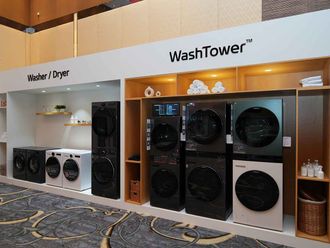
Talk about rising from the dust. When young Soichiro Honda was barely big enough to walk, an early 20th century automobile trundled through his modest village. Soichiro was astounded at the living dragon, and ran after the beast as fast as his legs could cope. That day his destiny was written.
With strict discipline in his home, he worked for his poor blacksmith father and helped repair bicycles, when he saw an advert in a magazine for an auto shop worker. The smell of oil still fresh in his nostrils from that solitary automobile sighting, Soichiro answered the advert with hope, and before long he moved to Tokyo to a life of apprenticeship.
With his instinctive feel for machines, an improvising mind, and a creative imagination, Soichiro proved himself a very resourceful mechanic. The owner of the shop, Yuzo Sakakibara, was a true sensei, and taught him everything there was to know about cars. Throughout his career, Soichiro would credit Sakakibara for his education, and always had the highest respect for his master.
But before that, Soichiro's magazine collection helped to grow his innate love for motorsport, especially the Isle of Man Tourist Trophy, Grand Prix racing, Le Mans and the Indianapolis 500. Soon, the shop made its own racecar constructed from a mix of American parts, and with the help of Honda's fabrication Frankenstein won its first race. It says a lot for the Honda company that this special car is still operational and a part of its museum collection. But times were changing, war broke out and motorsport died; people had bigger problems than racing around in circles.
After the war though, there was no stopping Soichiro. He recognised a need for rapid mobilisation in Asia and as head of his new company, designed the world's greatest motorcycle, the little 50cc Cub that went on to 60 million buyers worldwide. Soichiro even managed to employ his mantra, "Racing breeds success" and finally won the Isle of Man TT, after four unsuccessful tries. Life in F1 was difficult as well, but the never-give-up attitude at last gave Honda a GP win, at Monza no less. It's not surprising; Soichiro had another proverb, "Success is 99 per cent failure."
He must have failed a million times, then, because everything from the oil crisis of the Seventies onwards was pure gold. Honda's CVCC engine for the Civic dominated the US small car market and rocketed the brand into a household name. It was the first true economical and environmentally-efficient engine, and a precursor to the ingenious VTEC system. In the Eighties, Honda even dared to take on the establishment, and challenged the Corvette, Ferrari, Porsche and Lamborghini with the NSX, Japan's first supercar. It promptly ran rings around the competition, with its handling ability, bulletproof engineering and of course, cost.
Unfortunately, Soichiro died aged 84, just as the mighty NSX went to market, in 1991. He left behind a template for greatness, with Honda winning the hearts of two-wheel and four-wheel petrolheads everywhere, due to its engineering solutions to every problem, innovative thinking and bravery in design. Sadly though, it's been two decades since he left the motoring fraternity to that great race track in the sky, and Honda is slowly turning into a shadow of its former self. After all, it's almost impossible to succeed a genius like Soichiro.












